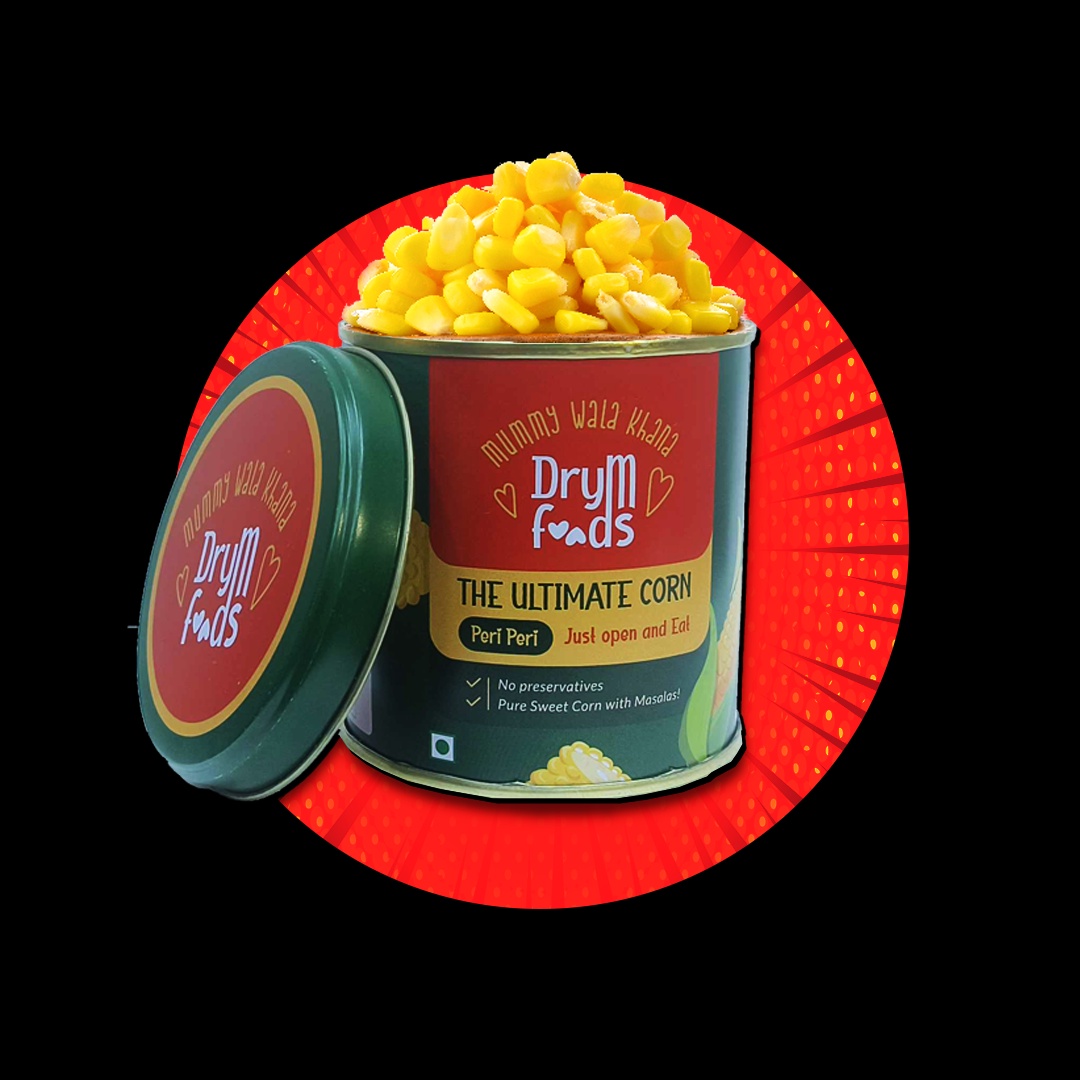In recent years, the culinary world has witnessed a resurgence of interest in traditional cooking methods and preservation techniques. One such method that has gained popularity is dehydration. Dehydrated food, once primarily associated with emergency rations and camping supplies, has now evolved into a gourmet option, offering both convenience and flavor. In the context of Indian cuisine, the art of dehydration opens up a world of possibilities, allowing for the preservation of authentic flavors and ingredients while extending their shelf life. This article delves into the realm of dehydrated Indian food, exploring its history, techniques, and culinary applications.
History and Tradition
The practice of preserving food through dehydration has been a part of Indian culinary tradition for centuries. In a land known for its diverse climates and agricultural abundance, preserving food was not just a matter of convenience but often a necessity to ensure sustenance during lean times. Sun-drying, the most primitive form of dehydration, was and continues to be a common method employed in rural Indian households. Ingredients ranging from vegetables and fruits to spices and herbs are spread out under the sun, allowing them to slowly lose moisture while retaining their flavors and nutritional value.
Over time, as technology advanced, so did the methods of dehydration. Traditional techniques such as sun-drying and air-drying gave way to more sophisticated methods like freeze-drying and vacuum-sealing. These modern techniques not only preserve the essence of Indian flavors but also enhance the convenience and accessibility of dehydrated Indian food.
Techniques of Dehydration
Dehydrating Indian food involves several techniques, each tailored to suit different ingredients and culinary purposes.
- Sun-Drying: As mentioned earlier, sun-drying is the oldest and simplest method of dehydration. It involves spreading out ingredients under direct sunlight until they lose moisture and become dry and leathery. This method is particularly well-suited for items like spices, herbs, and certain fruits.
- Air-Drying: Air-drying, also known as dehydration by natural convection, involves circulating air around the food to remove moisture. This method is commonly used for items like vegetables, meats, and grains. Air-drying can be done indoors or outdoors, depending on the climate and available space.
- Freeze-Drying: Freeze-drying is a more advanced technique that involves freezing the food at low temperatures and then removing the moisture through sublimation. This method preserves the shape, color, and flavor of the ingredients better than other dehydration methods. Freeze-dried Indian dishes like curries and desserts are popular for their convenience and long shelf life.
- Oven-Drying: Oven-drying is a convenient method for home cooks who may not have access to specialized dehydrating equipment. It involves placing the food in a low-temperature oven and allowing the hot air to remove moisture gradually. While oven-drying works well for a variety of ingredients, it requires careful monitoring to prevent over-drying or burning.
Culinary Applications
Dehydrated Indian food offers a myriad of culinary applications, from enhancing the flavor of dishes to providing convenient meal options.
- Flavor Enhancers: Dehydrated spices and herbs are potent flavor enhancers that add depth and complexity to Indian dishes. From dried fenugreek leaves (kasuri methi) to powdered spices like cumin and coriander, these pantry staples are indispensable in Indian cooking.
- Ready-to-Eat Meals: Dehydrated Indian meals are a convenient option for busy individuals who crave authentic flavors on the go. Ready-to-eat pouches of dehydrated curries, biryanis, and dals can be rehydrated with hot water or microwave for a quick and satisfying meal.
- Snack Options: Dehydrated Indian snacks offer a healthier alternative to traditional fried snacks without compromising on taste. Dehydrated fruits like mango and banana chips are popular for their natural sweetness and crisp texture, while savory options like spiced nuts and lentil crisps provide a satisfying crunch.
- Ingredient Preservation: Dehydrating ingredients like tomatoes, onions, and chilies extends their shelf life, allowing home cooks to enjoy seasonal flavors year-round. Dehydrated ingredients can be rehydrated as needed or ground into powders for use in soups, sauces, and marinades.
Conclusion
Dehydrated Indian food combines the rich flavors and culinary heritage of India with the convenience and practicality of modern food preservation techniques. Whether used as flavor enhancers, ready-to-eat meals, or snack options, dehydrated Indian ingredients and dishes offer a versatile and delicious addition to any kitchen pantry. By embracing the art of dehydration, cooks can unlock a world of flavors and possibilities, preserving the essence of Indian cuisine for generations to come.


No comments yet